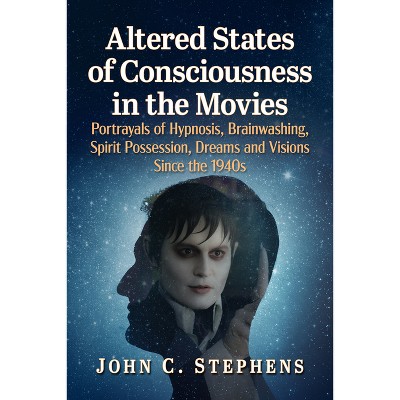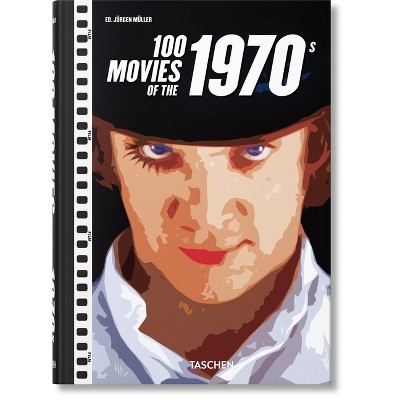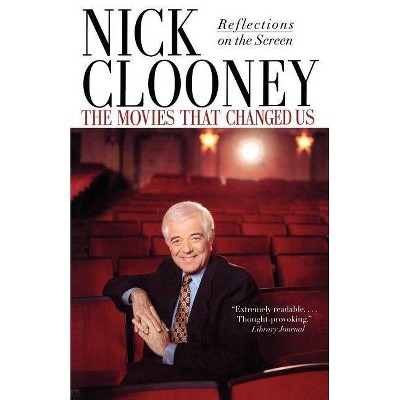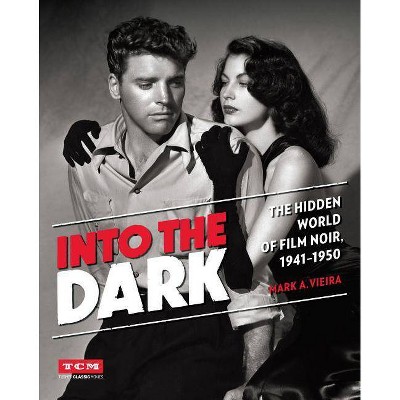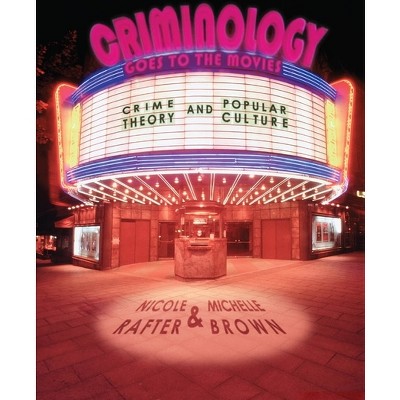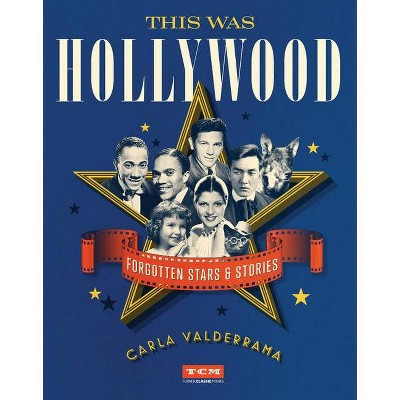Sponsored

Mexican Movies in the United States - by Rogelio Agrasánchez (Paperback)
In Stock
Sponsored
About this item
Highlights
- A surge of immigration in the United States in the 1920s coincided with burgeoning developments in entertainment--including cinema.
- About the Author: Rogelio Agrasánchez, Jr., is director and curator of the Agrasánchez Film Archive in Harlingen, Texas, the world's largest private collection of Mexican cinema.
- 216 Pages
- Performing Arts, Film
Description
About the Book
A surge of immigration in the United States in the 1920s coincided with burgeoning developments in entertainment--including cinema. As people from Latin America settled in the U.S. in growing numbers, movie houses sprang up in areas where these populations were concentrated. The advent of talkies in the 1930s propelled the Spanish-speaking movie industry into high gear. As the U.S. entered World War II, films from Mexico dominated the market, creating a culture of Mexican cinema that offered entertainment, a reflection of native values and customs, and a link to the homeland. A study of the Golden Age of Mexican cinema reveals much about the development of Latin American popular culture in the U.S.Book Synopsis
A surge of immigration in the United States in the 1920s coincided with burgeoning developments in entertainment--including cinema. Movie houses sprang up in areas where Latin American populations were concentrated, and the advent of talkies propelled the Spanish speaking movie industry into high gear. As the U.S. entered World War II, films from Mexico dominated that industry, creating a culture of Mexican cinema that offered entertainment, a reflection of native values and customs, and a link to the homeland.
This book is a richly detailed look at Mexican cinema's boom years in the United States, 1920 to 1960. Chapters focus on the appeal of Mexican cinema and the venues that evolved where Hispanic populations were centered. Theaters, distributors, audience demographics, popular and critical reception of the films, and stars all receive attention. Included are lists of theaters in California, Texas and cities in other states that exhibited Mexican films between 1920 and 1960.
Review Quotes
"a vital resource...detailed historical accounts...Agrasanchez provides a foundation for new directions in film historical research"-Aztlán: A Journal of Chicano Studies; "fascinating...a detailed and intelligent analysis of both the phenomena of the US Mexican movie industry and the character of its audience"-Classic Movies.
About the Author
Rogelio Agrasánchez, Jr., is director and curator of the Agrasánchez Film Archive in Harlingen, Texas, the world's largest private collection of Mexican cinema. He is the author of several books.





